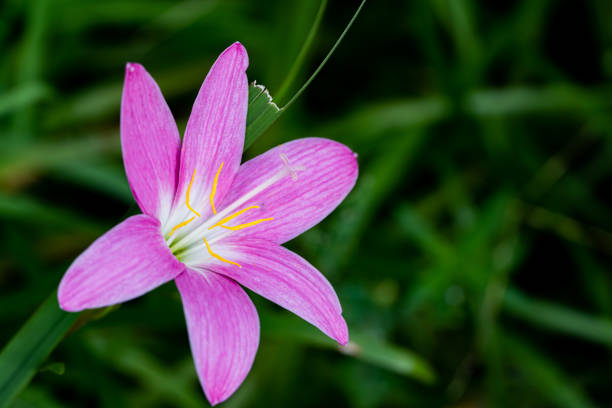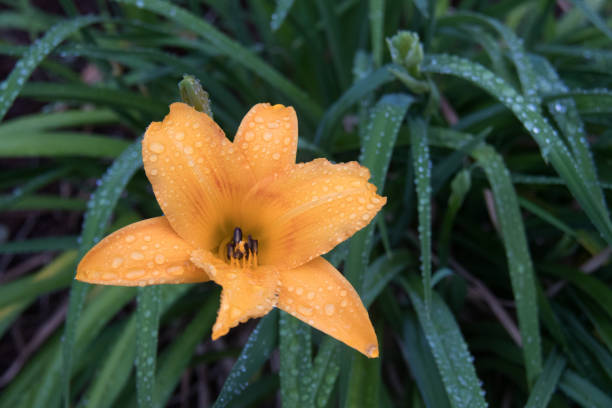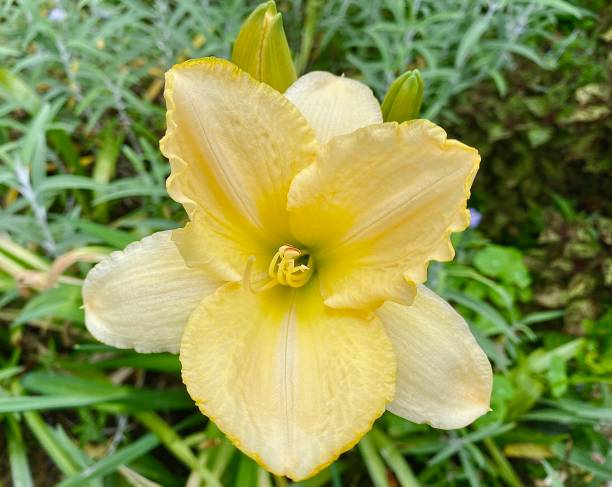When Do Daylilies Bloom? —Know The Best Season for Blooming Daylilies
Depending on the variety and your area, they may bloom from early spring until the first frost. In general, daylilies bloom for about one to five weeks. Depending on the variety and where you live, it can take anywhere from one to five weeks for a daylily to bloom.
Extra Early Bloomers: Daylilies in the southern hemisphere will begin blooming as early as March or April, while those in the northern hemisphere will start blooming in May or June.
Early Bloomers: These varieties of daylily bloom three to five weeks ahead of the bulk of the season’s bloom.
Early Midseason Bloomers: One to three weeks before the peak bloom time of most cultivars, these daylilies are in bloom.
Midseason Bloomers: During the peak of the daylily bloom (May in the South to July in the North), these daylilies are at their peak bloom.
Late Midseason Bloomers: Blooming time is one to three weeks after the peak of your garden’s daylilies.
Late Bloomers: These daylilies typically bloom four to six weeks after the peak of the season has passed.
Very Late Bloomers: These daylilies bloom at the end of summer in the South and early fall in the North, and they are the last to appear on the scene.
Reblooming: It is occurring in some varieties. During a single season, these daylilies produce multiple blooms. Flowers that bloom early then reappear later in the season are common. Others have a succession of blooming periods that last for months at a time. Reblooming daylilies will bloom from mid-summer to early fall.

Table of Contents
How to Make the Blooming Season Last Longer?
There’s a good reason why they’re called daylilies. One day is all it takes for a flower to bloom. However, this does not preclude you from taking advantage of more blooms more frequently. A little bit of gardening know-how can extend the blooming season of your plant.
Completed in a Day
Daylilies (Hemerocallis) are one of the most adaptable and hardy perennials. They are a highlight of the summer garden. While individual flowers fade away daily, plants can continue to produce new ones for up to four or five weeks. Daylilies typically bloom from late June to early July. However, numerous reblooming varieties bloom again in late summer, significantly extending the growing season.
Indeed, thousands of daylily varieties are available today in every size, shape, and color imaginable. And the majority are prolific. Numerous flowers can be produced on a single stem. Additionally, an established clump can produce hundreds of blooms in a single summer month.
However, easy-to-grow does not always imply low maintenance. Daylilies, if left unattended, can rapidly accumulate a large number of spent, soggy blooms. Not only are these dead flowers unsightly, but they can also have a direct effect on blooming.

Why Removing Seeds Allows the Blooming Season to Last Longer
Of course, if you intend to grow more daylilies in the future, seed pods will be beneficial. However, if you want to extend the length of the blooming season, it’s essential to remove them. Why? Because the plant is devoting all of its energy to producing seeds. It will have little energy left over to make flowers. Removing seed pods helps to conserve energy, but it also helps the plant produce more blooms by rerouting its resources.
As a result, remember to remove the full flower from the base, including the emerging seed pod, when you snap off the spent daylily. After that, when the stalk has finished flowering, cut it all the way down to the ground. This year’s blooms will be the last for this plant.
Extending the Blooming Season Through Deadheading
It is well-known that deadheading regularly encourages plants to produce more flowers. However, did you know it can also prolong their blooming season? To extend the blooming period of my daylilies, remove spent flowers each morning by snapping them off at the base. There are two critical reasons for this:
- It improves the appearance of the plant.
- By removing the dead flowers (particularly the ovary/seed pods), I am supplying energy to the plant, causing it to produce additional stalks with additional flowers.

Watch Out for the Daylily Seed Pod
During the daylily’s active growing season, flowers appear near the stalk’s tip. However, an ovary is left behind as each flower fades and falls to the ground. Then, it eventually develops into a seed pod. Seed pods in their immature stages resemble blossoms just beginning to open. They’re oval and pale green, found at the bottom of the flower.
A flower’s ovary can be seen in the center of the picture below. A seed pod will form from this. Seed pods grow alongside the blossoms if left to their own devices. They mature into three distinct lobes, each measuring 1 to 2 inches in length. The seed pods will take about 50 days to harden and dry out when all is said and done. When harvest time comes, the pods split open to release many black seeds that are ready to fall to the ground. In other words, this is why daylilies often pop up in unexpected places, even if you never planted them there in the first place. A few seeds can be seen in the seed pod I recently harvested.
All Additional Nutrients and Water Appeal to Daylily
Be sure to feed your daylilies, as well. Flowers bloom more frequently when fed twice a year, in the spring and fall. Most daylilies are drought-resistant, but they’ll produce more beautiful flower heads if you give them a lot of water. The moist-packed flower is all that is needed to prove it.
What to Do Once the Day Lilies Have Bloomed
Daylilies bloom in all colors except blue and white. Some flowers have multiple colors, and some are single or double blooms. They also have flavorful and butterfly-friendly varieties. It blooms on scapes. A single scape can bear many flowers, but each bloom only lasts one day. A day lily plant can have hundreds of scapes and blooms per season. The bloom season can last 30-40 days depending on the variety and is usually from late spring to fall.
Its blooms wither and lose their appeal after flowering. Removing these blooms keeps the plant neat and encourages more extended flowering. Picking spent blooms is simple. After a scape’s flowers have bloomed, trim the stalk at the plant’s base. Removing damaged leaves and seed heads can also prolong blooming time.
The end of the day lily blooming season in the fall is an excellent time to add new varieties. Find plants that compliment your current selections. Choose types with alternate flowering periods to enjoy the colorful show for longer. Daylilies are drought-tolerant once established but require weekly deep watering for the first six to eight weeks. Regular watering encourages healthier blooms.
Why Isn’t My Daylily Blooming?
Many home gardeners may be alarmed if they discover that their daylilies have no blooms. Daylilies can add visual interest to flowerbeds, but it can be a disappointment if they don’t bloom. When a daylily isn’t blooming, growers should first ensure that they’ve given their plant all of the necessary conditions to grow. Non-flowering daylilies can be a sign of a few different problems.
Most likely, your plant isn’t getting enough sunlight because of the location of your garden. Partially shaded plants may have difficulty receiving enough light to produce blooms regularly. Overcrowding may also be a factor in the sudden cessation of bloom in an established daylily garden. Daylilies may have to compete for nutrients and space in the soil as they grow and multiply. As a result, the plant’s overall size and the number of flowers it produces often shrink.
How to Make a Daylily Bloom
If the right conditions for growth are in place, dividing the plants is an excellent way to encourage blooms. Daylilies that have become overcrowded will need to be divided and replanted in a more suitable location in the garden. A daylily plant, in general, can be divided at any point during the growing season. In order to give the daylily the best chance of establishing itself in its new location, it is best to do so in the spring.
Never divide or transplant daylilies without first ensuring that the crown is buried at the appropriate soil level. It’s also possible to reduce blooming by planting daylilies too deep in the ground. A pair of gardening gloves or spade is usually required for most growers to promote better overall health and bloom in their daylilies.
